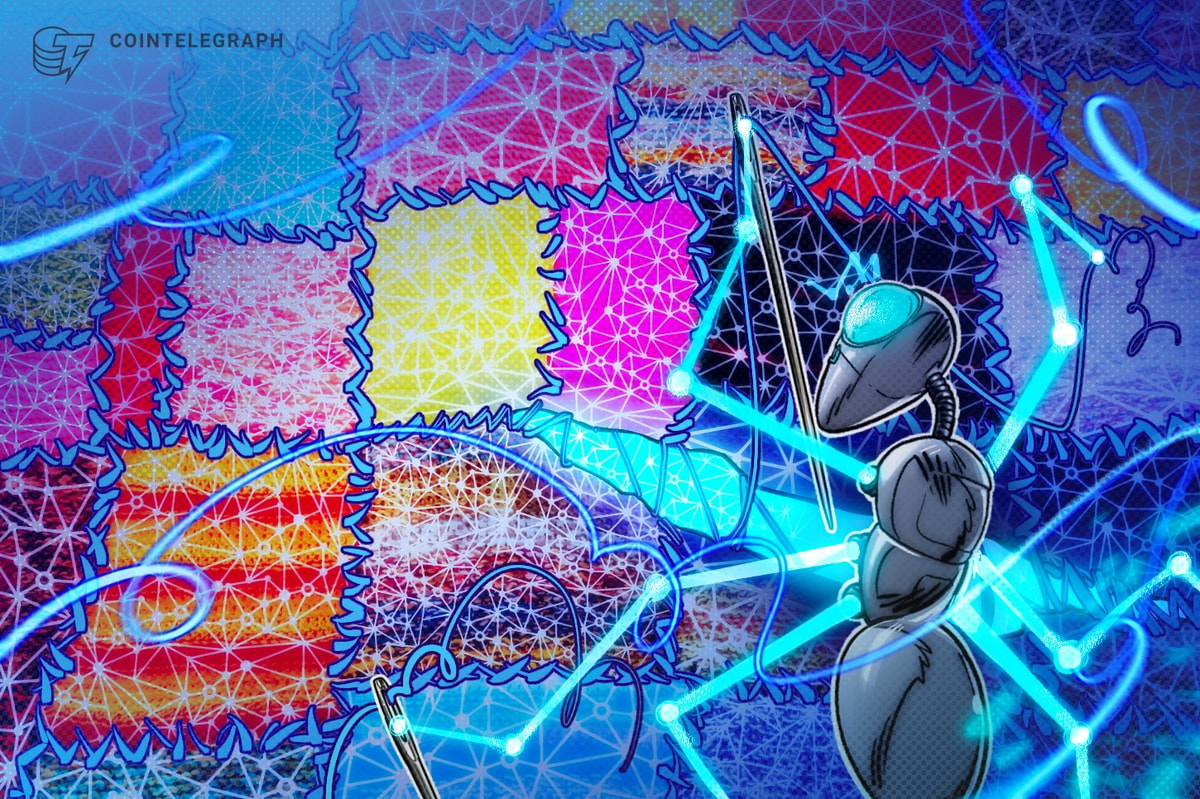Industry executives and competing firms are still grappling with abstracting away the complexities of blockchain for the end user.
News
Anurag Arjun, co-founder of Avail — a unified chain abstraction solution — and the Polygon layer-2 scaling solution, told Cointelegraph that most current chain abstraction techniques create even more fragmentation of the crypto ecosystem.
The tech founder said that each distinct blockchain base layer features its own set of security assumptions, making interoperability between chains challenging. Arjun explained:
“They have their own set of validators and their own crypto-economic security. So you have to create infrastructure called a light client, for example, bidirectional light clients. That is the main bottleneck in general.”
Bridging between chains is typically a multi-step process of communication between blockchain networks that carries high costs and security risks while siloing users and capital into fragmented pools, the Avail co-founder added.
An online meme poking fun at the complexity of the Ethereum network. Source: Kev.ETH’s Learning How to DAO
Related: DeFi fragmentation can only be solved at the account level
Previous attempts at interoperability bridge liquidity only
Simplifying the user experience and achieving cross-chain interoperability are the two main goals of chain abstraction techniques.
Previous attempts at interoperability involved bridging between blockchain networks to give users the ability to transfer liquidity between chains.
This liquidity-driven approach has arguably led to more fragmentation of the crypto ecosystem and created cybersecurity risks resulting in several high-profile hacks.
The Wormhole Bridge was hacked on February 2, 2022, and was drained of $321 million — making it one of the largest hacks in crypto history and setting off a torrent of additional bridge hacks in the following months.
Understanding chain abstraction and solutions to a unified blockchain
Chain abstraction is the process of simplifying the user experience and user interfaces of crypto networks and decentralized applications by hiding the technical blockchain aspects from the end user.
The end goal of chain abstraction techniques is to create a more seamless and unified blockchain experience for the user by allowing the user to log in to a single interface to interact across chains.
One example of this is the NEAR Protocol’s Chain Signatures feature that allows users to sign transactions across multiple blockchain networks directly from their NEAR accounts using a single wallet.
NEAR’s chain abstraction solution has received praise from users and investors for its simplicity. It has also been pitched as the potential future base layer for interactions between all blockchains.
Magazine: ‘Account abstraction’ supercharges Ethereum wallets: Dummies guide
This article first appeared at Cointelegraph.com News


